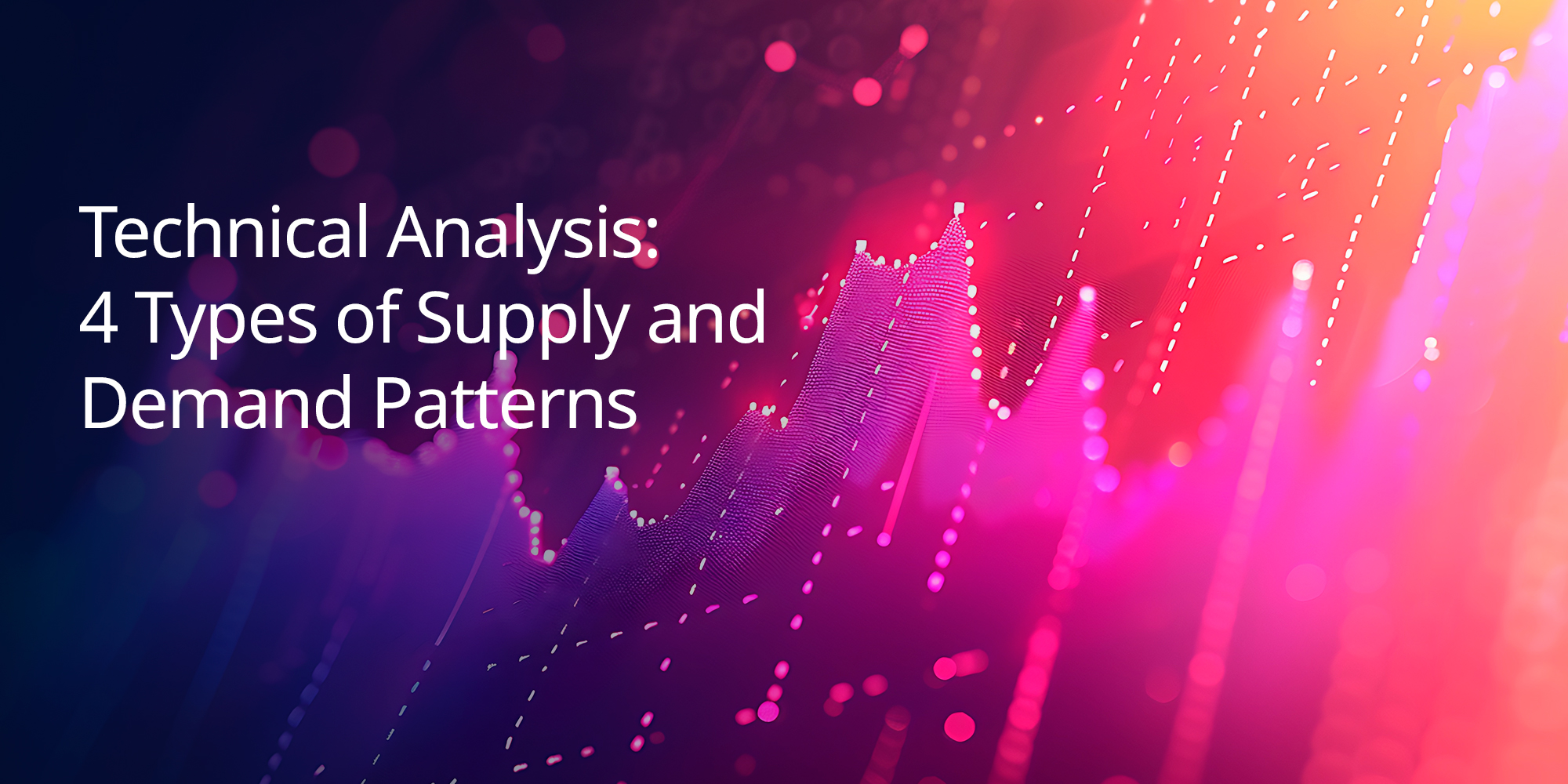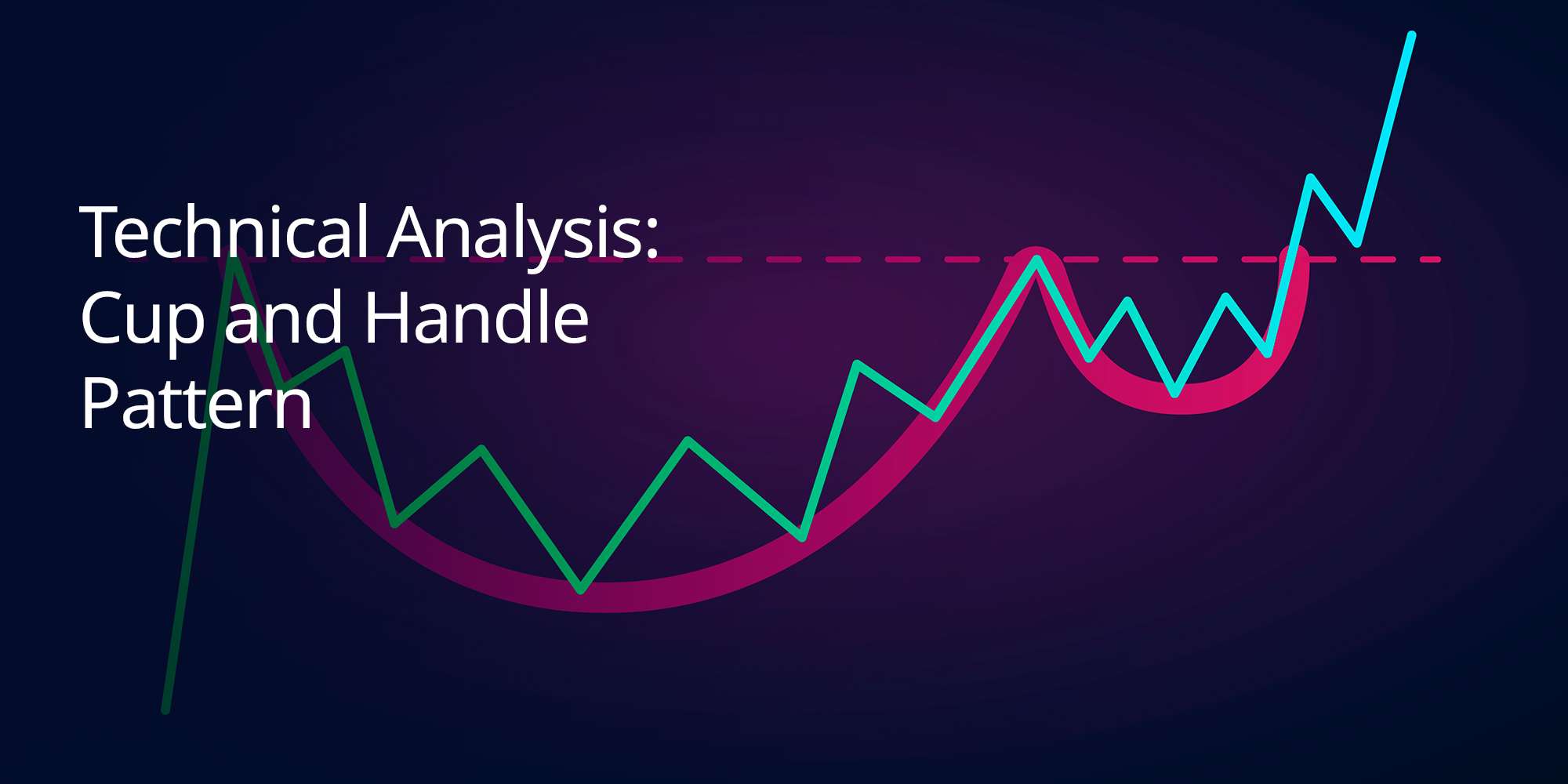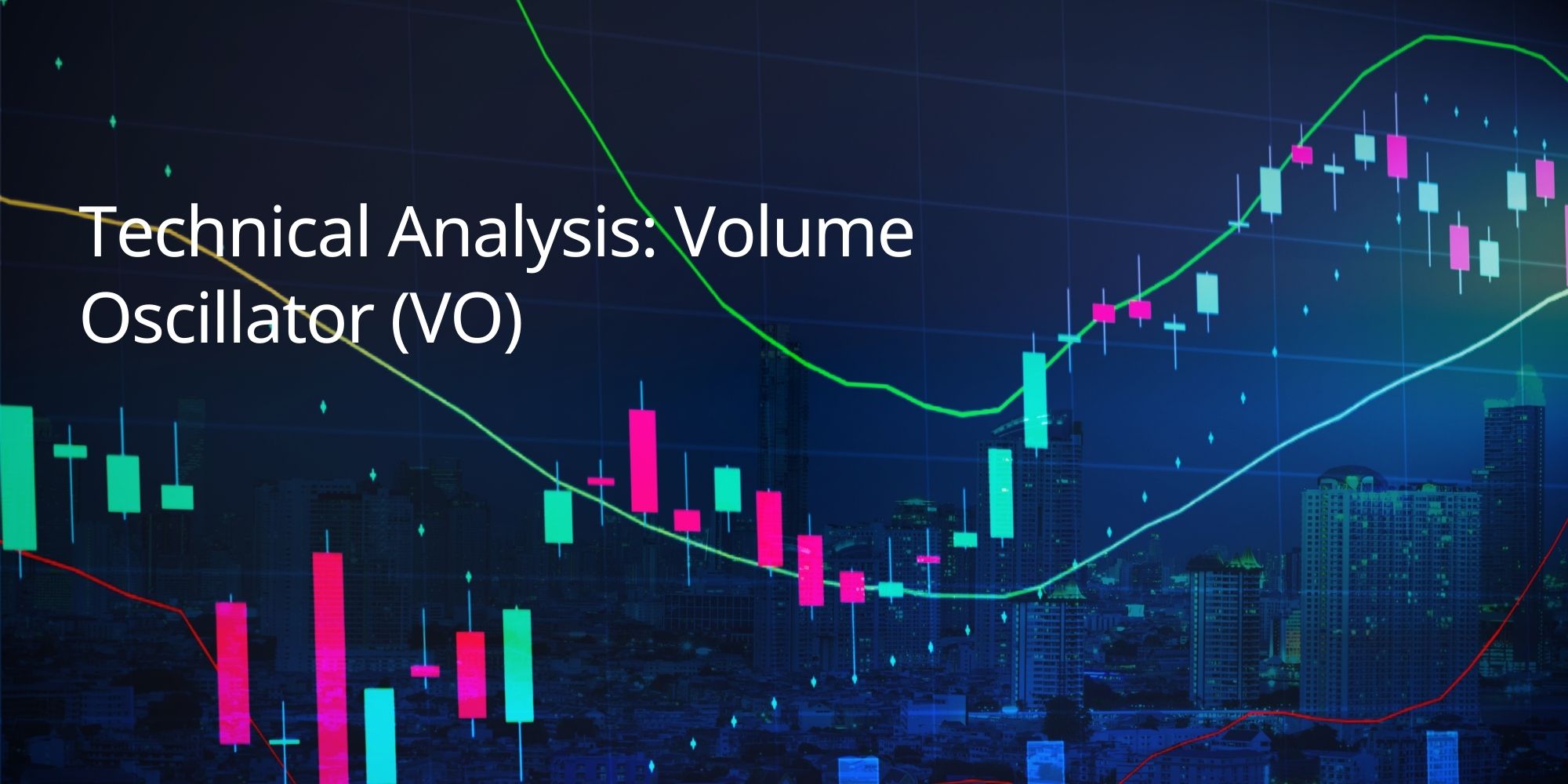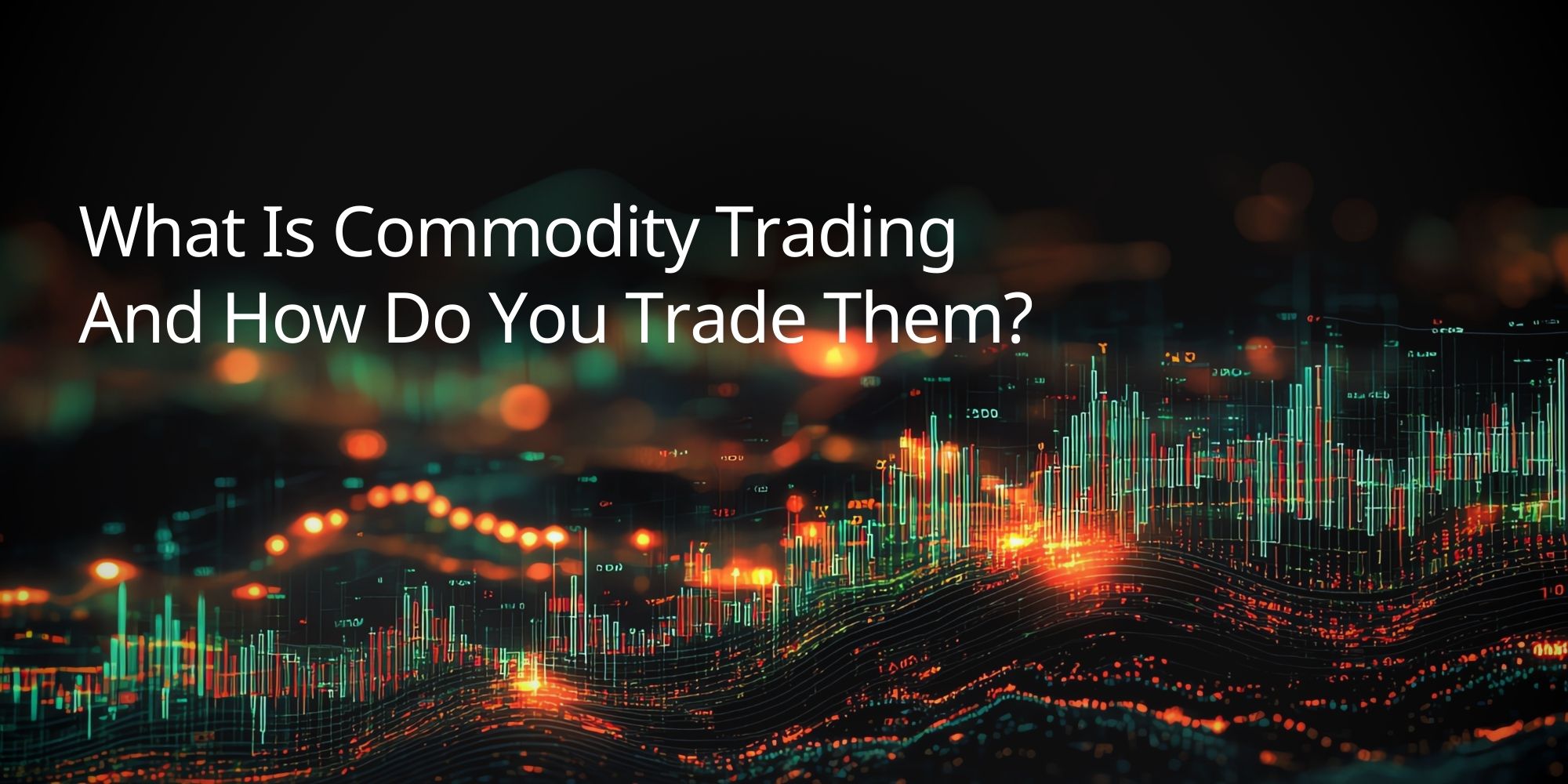4 Types of Supply and Demand Patterns – Definition, Types, and Trading
Understanding supply and demand is at the heart of market analysis. These forces don’t just drive price—they shape trends, form reversal zones, and guide trading behaviour. In this article, we’ll break down the core concepts of supply and demand, introduce four powerful trading patterns, and explain how they help forecast market movement. Whether you’re a trader or a business seeking deeper market insight, TradeSmart gives you the tools to identify and act on these patterns with precision.
What is Supply and Demand?
Supply and demand are core principles of economics and play a major role in shaping price movements across financial markets. In simple terms, they describe the relationship between the availability of a product or service (supply) and the desire of buyers to purchase it (demand)—both of which influence price dynamics.
Supply
Supply represents the quantity of a product or service that sellers are willing to offer at a particular price over a certain period. As prices rise, producers are typically motivated to increase output to maximise profit. For example, if oil prices surge, energy companies are more likely to ramp up production to take advantage of higher margins.
Demand
Demand, on the other hand, reflects how much of a product or service buyers are willing to purchase at a given price. As prices increase, demand tends to drop, as consumers may seek alternatives or reduce usage. For instance, if coffee prices spike, consumers might opt for a more affordable substitute like tea.
Understanding the relationship between supply and demand helps traders interpret price changes and anticipate market moves—especially when combined with TradeSmart’s smart charting tools and economic insights.
4 Types of Supply and Demand Patterns
In technical analysis, supply and demand patterns help traders anticipate market turning points by observing how price behaves at key decision zones. These patterns typically emerge around reversal points or during brief pauses in a prevailing trend.
There are four main types of supply and demand patterns:
- Rally-Base-Drop (RBD)
- Drop-Base-Drop (DBD)
- Drop-Base-Rally (DBR)
- Rally-Base-Rally (RBR)
Each pattern reflects a specific price structure that can indicate a shift in market sentiment, whether bullish or bearish, and helps traders determine entry and exit points with more accuracy.
Stay tuned as we explore these patterns in more detail and show you how to trade them using the TradeSmart platform.
1. Rally Base Drop
The Rally-Base-Drop is a bearish supply and demand pattern that indicates a high-probability supply zone. This structure begins with a sharp upward price movement, followed by a pause, and ends in a strong drop, signalling that sellers have taken over.
Pattern breakdown:
- Initial Rally: A rapid rise in price shows strong buying pressure, often driven by positive sentiment or market events.
- Base Formation: After the rally, the price consolidates in a narrow range. This base represents a momentary equilibrium between buyers and sellers.
- Drop: The pattern is confirmed when the price breaks downward from the base, showing that sellers have gained control.
Trading strategy: Traders look to short-sell when the price revisits the base area (supply zone). This approach helps capture bearish momentum from a more strategic entry point, supported by TradeSmart’s real-time chart alerts.
2. Drop Base Drop
The Drop-Base-Drop is another bearish pattern, highlighting continued selling pressure after a brief pause. This formation signals a persistent downtrend, where sellers dominate the market.
Pattern breakdown:
- Initial Drop: A steep decline reflects strong selling activity and initiates the setup.
- Base Formation: Price stabilises briefly, moving sideways within a tight range. This shows indecision or a short pause in the trend.
- Second Drop: The price breaks down again from the base, confirming the pattern and signalling continuation of the downtrend.
Trading strategy: This pattern allows traders to plan short entries during the base phase and execute upon the second breakdown. Identifying this setup with tools on TradeSmart enhances accuracy and aligns trades with prevailing momentum.
3. Drop Base Rally
The Drop-Base-Rally is a bullish reversal pattern. After a sharp price decline, the market stabilises in a base zone before launching into a strong rally, often signalling a new demand zone.
Pattern breakdown:
- Initial Drop: A quick downward move caused by economic concerns or market shocks.
- Base Formation: Prices consolidate in a tight range, suggesting that the selling pressure is easing and buyers are stepping in.
- Rally: A strong move upward confirms the pattern, signalling increased demand and a shift to bullish sentiment.
Trading strategy: Once the price begins to break above the base, traders can look for long opportunities. With TradeSmart’s charting platform, these reversals are easier to track and validate using volume and momentum indicators.
4. Rally Base Rally
The Rally-Base-Rally is a continuation pattern that reflects sustained bullish pressure. This setup points to a demand zone where prices are likely to continue rising after a short consolidation.
Pattern breakdown:
- Initial Rally: Prices rise sharply, often shown by consecutive bullish candles with a high body-to-wick ratio (70:30). This shows intense buying activity.
- Base Formation: A short pause where prices consolidate. Candlesticks in this range often have smaller bodies and longer wicks (25:75), indicating indecision before the next move.
- Second Rally: Prices break above the base, resuming the uptrend and confirming buyer dominance.
Trading strategy: To trade the RBR effectively, wait for the price to break and close above the base level. TradeSmart users can set smart alerts for these levels and use volume confirmation tools to support their entries.
How Do Supply and Demand Patterns Influence Market Behaviour?
Supply and demand patterns are powerful indicators that shape trader expectations and impact market movements. When a pattern like the Rally-Base-Rally (RBR) appears, it signals growing buyer strength. As traders identify this setup, they often anticipate higher prices and increase their long positions, further fueling bullish momentum.
Conversely, a Drop-Base-Drop (DBD) pattern suggests mounting selling pressure, as supply outpaces demand. Traders spotting this formation often respond by exiting positions or opening short trades, which accelerates the downward trend.
By recognising these patterns, traders can align their strategies with emerging market dynamics, improving their timing and boosting trade success. TradeSmart’s technical tools allow users to easily detect such patterns, making it easier to capitalise on directional moves with confidence.
How can Businesses Use Supply and Demand Patterns to Predict Market Changes?
Supply and demand zones don’t just serve individual traders—they’re also critical for businesses and institutional investors aiming to anticipate price changes. By analysing historical price data, businesses can identify zones where price is likely to stall, reverse, or continue, giving them insight into market sentiment.
- Supply zones (where sellers dominate) help identify potential price drops, offering optimal points to offload inventory or take profit.
- Demand zones (where buyers take control) highlight potential price increases, signalling when it might be time to buy or increase exposure.
These insights assist with inventory planning, pricing strategies, and market positioning. Hedge funds and investment firms frequently integrate these patterns into their strategy, using them to time market entries and exits more accurately.
Even more, businesses are increasingly incorporating supply and demand logic into algorithmic trading models, enabling automated, real-time decision-making that reacts to market shifts with precision.
With TradeSmart’s data-rich environment and smart strategy tools, both individual traders and businesses can stay ahead of market movements and make better-informed decisions.
What Does the Supply and Demand Curve Mean?
In classical economics, the supply and demand curve illustrates how prices find balance in a market. The two curves intersect to show the equilibrium price—the point at which the amount suppliers are willing to sell equals the amount consumers want to buy.
- The supply curve, which slopes upward, shows that higher prices incentivise producers to offer more of a product.
- The demand curve, sloping downward, reflects that consumers are more likely to buy when prices are lower.
This relationship between price and quantity determines how markets self-regulate. When demand increases or supply decreases, prices rise. When supply floods the market or demand weakens, prices fall. Recognising these shifts on a chart can help traders and analysts make smarter trading decisions.
TradeSmart provides advanced charting tools and real-time data to help traders visualise these relationships in action, turning economic theory into practical trading insights.
Conclusion
Mastering supply and demand patterns is key to recognising market turning points and staying one step ahead of price shifts. Whether you’re tracking a Drop-Base-Rally or planning trades around a Rally-Base-Drop zone, these patterns offer clarity in ever-changing markets. Backed by TradeSmart’s intuitive platform, smart alerts, and advanced charting features, you’ll be better equipped to capitalise on opportunity as it unfolds. Visit TradeSmart now to turn economic insights into actionable trading decisions.





